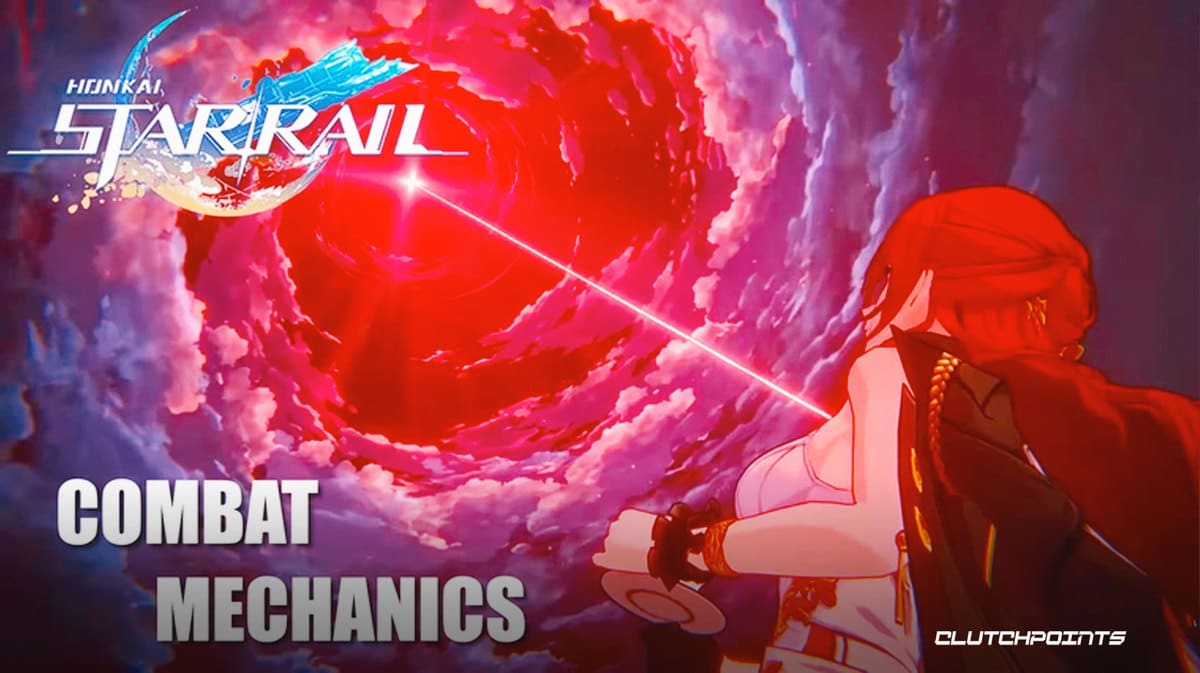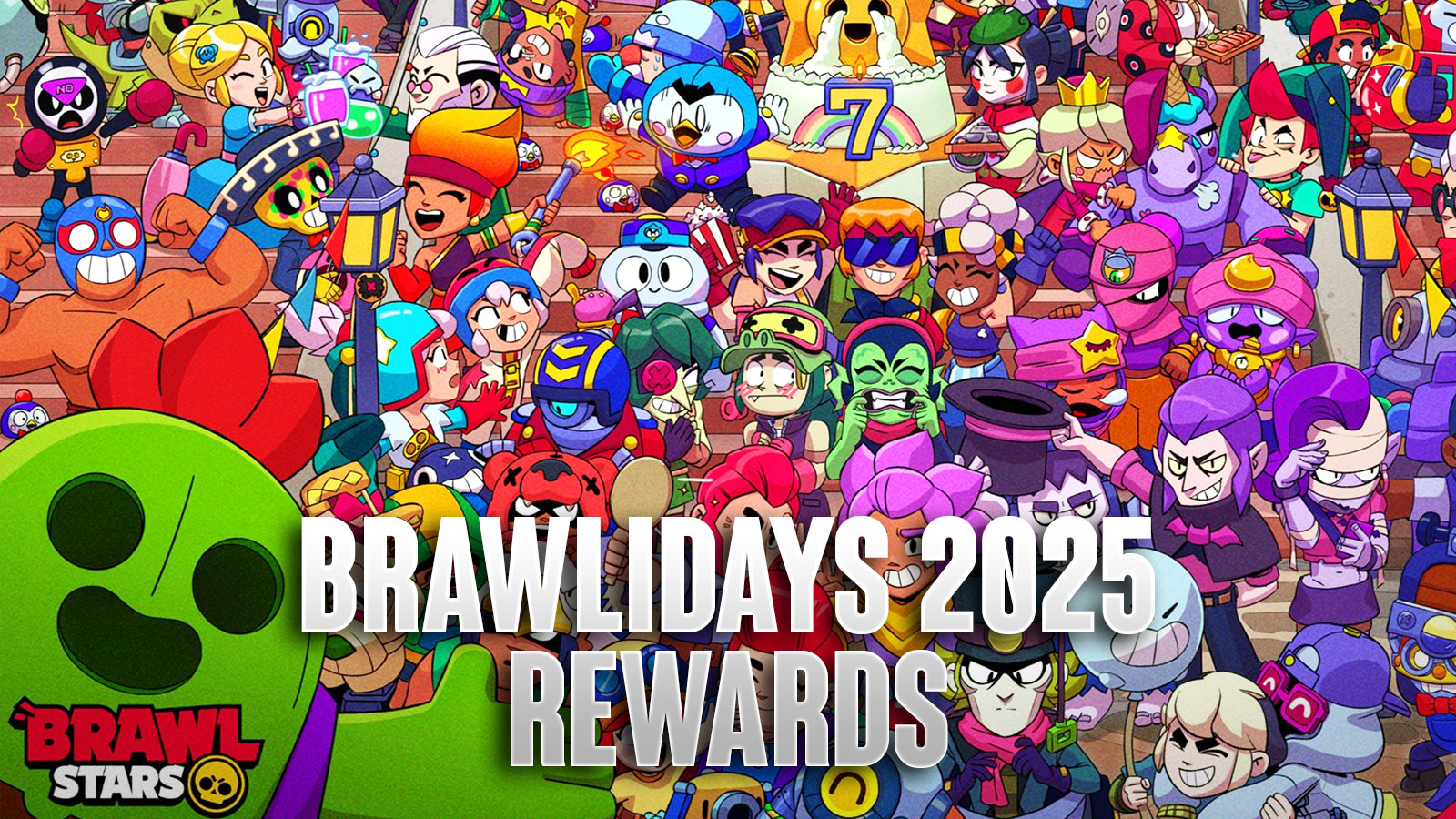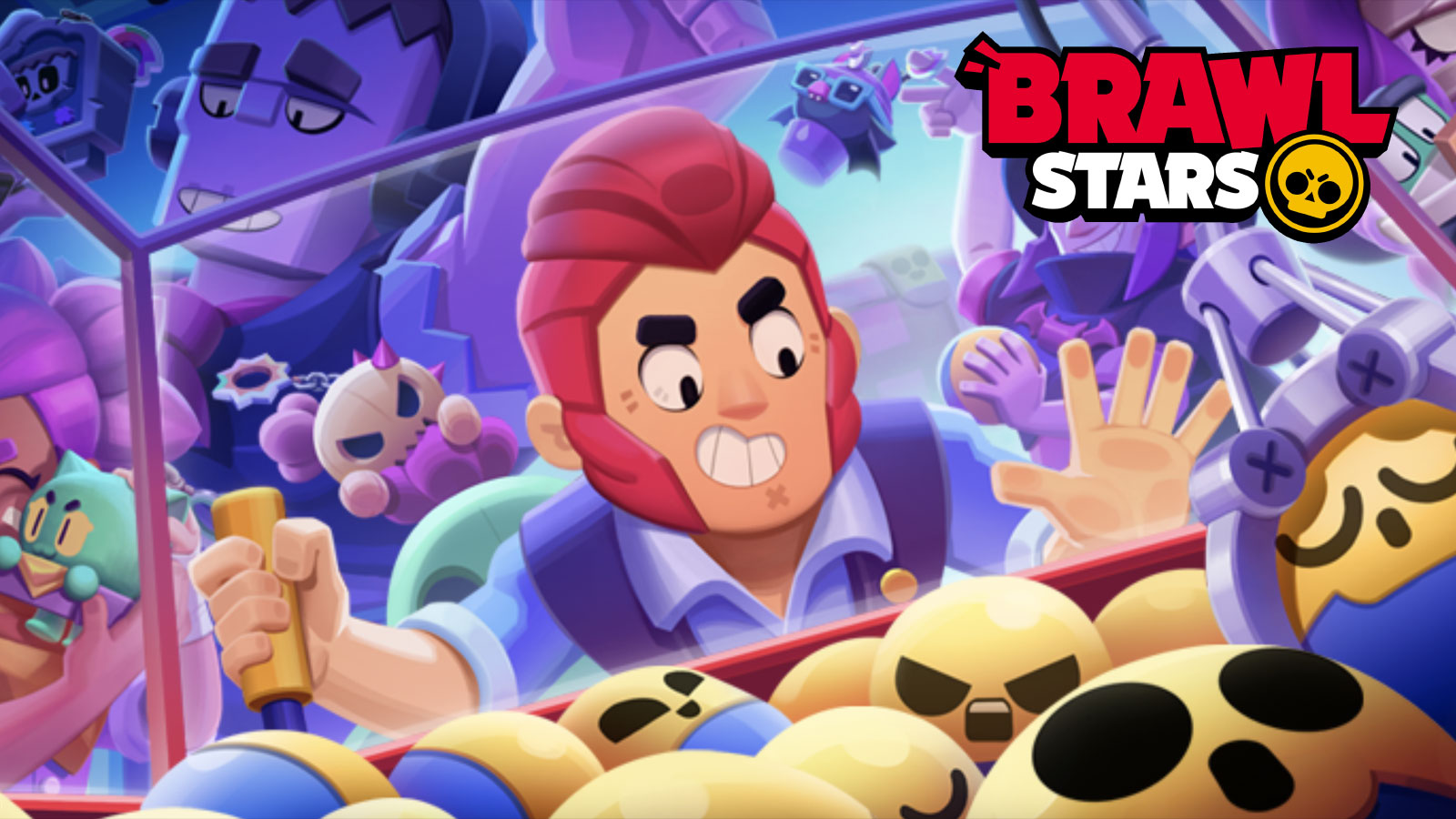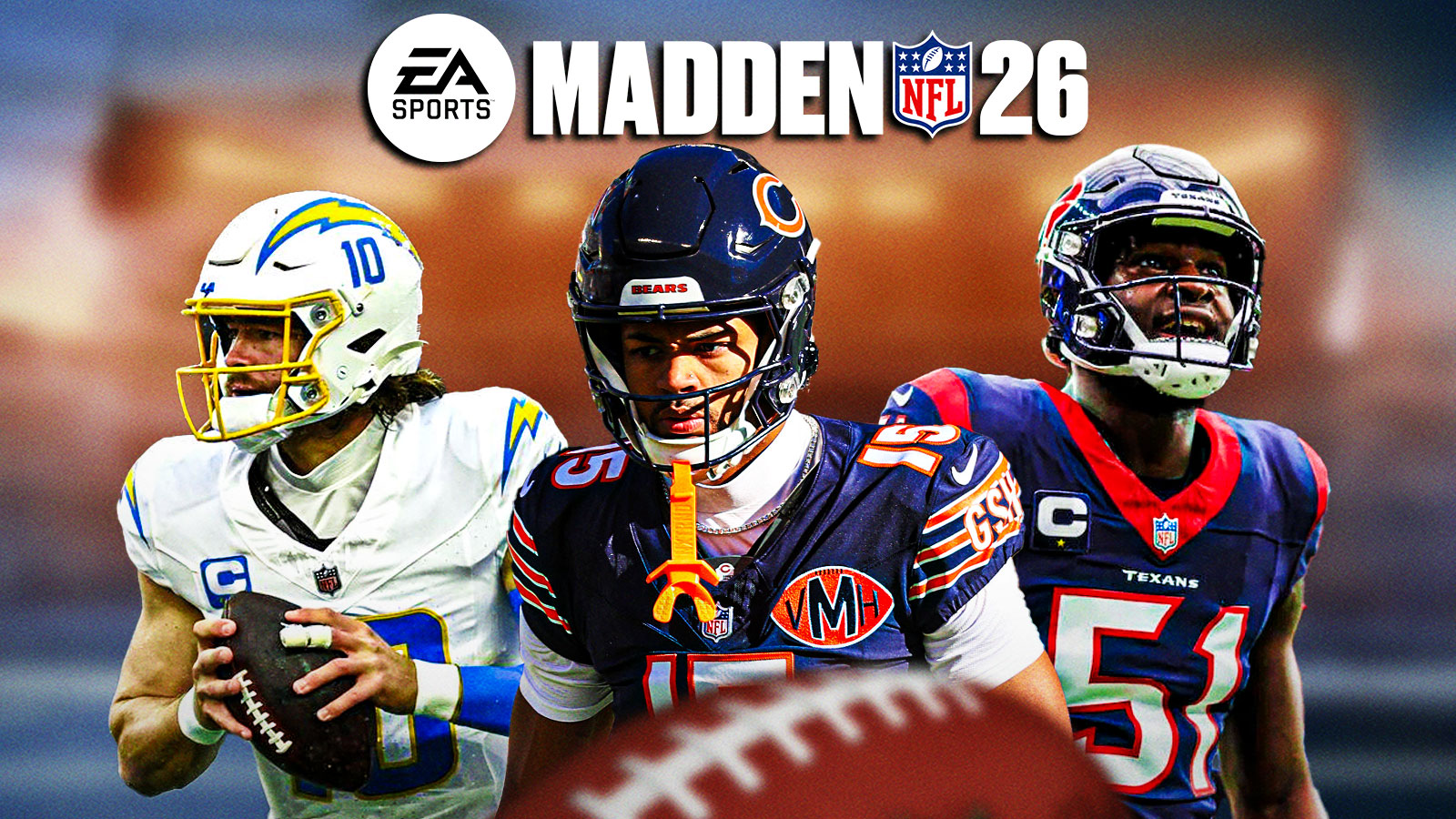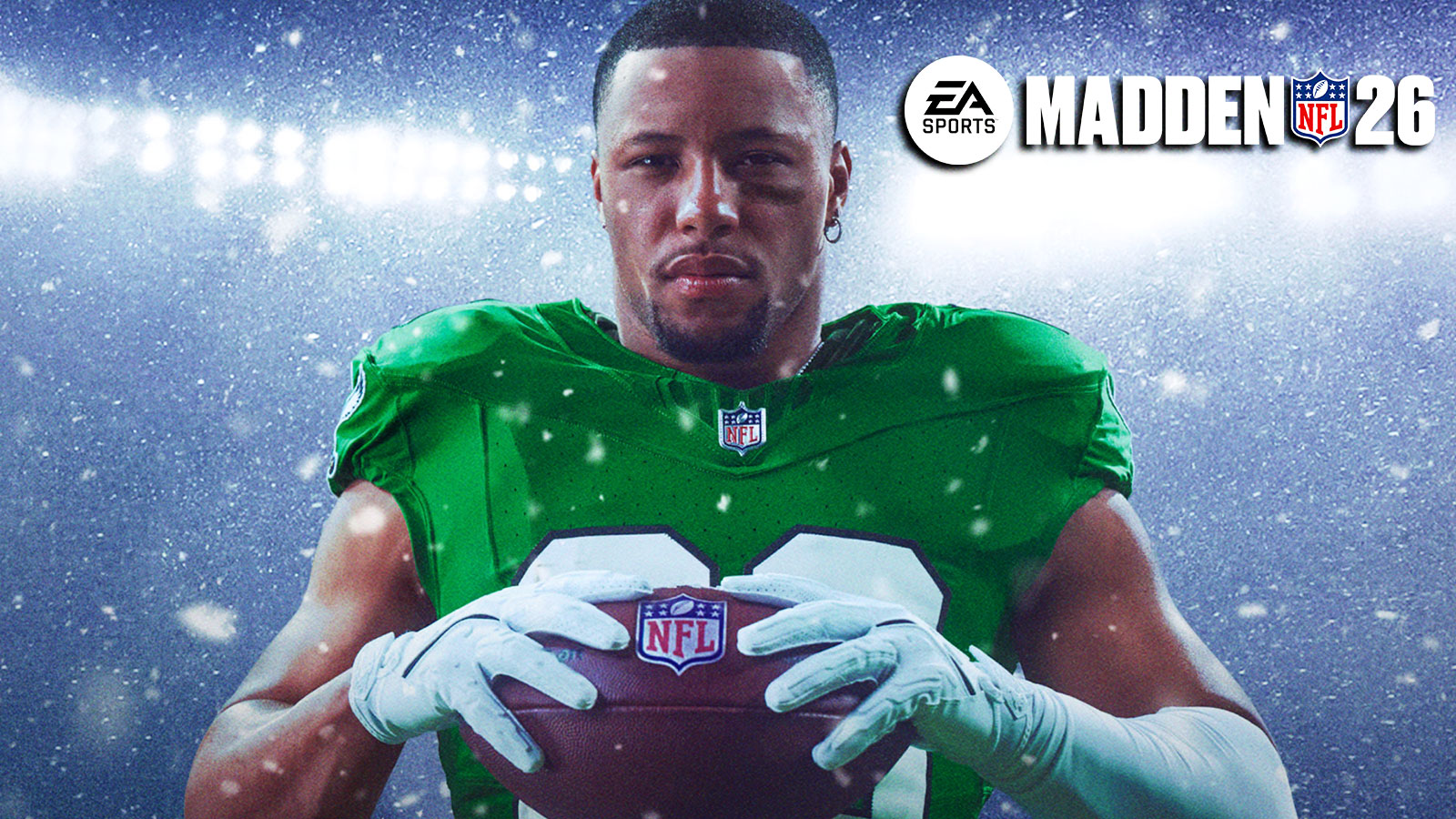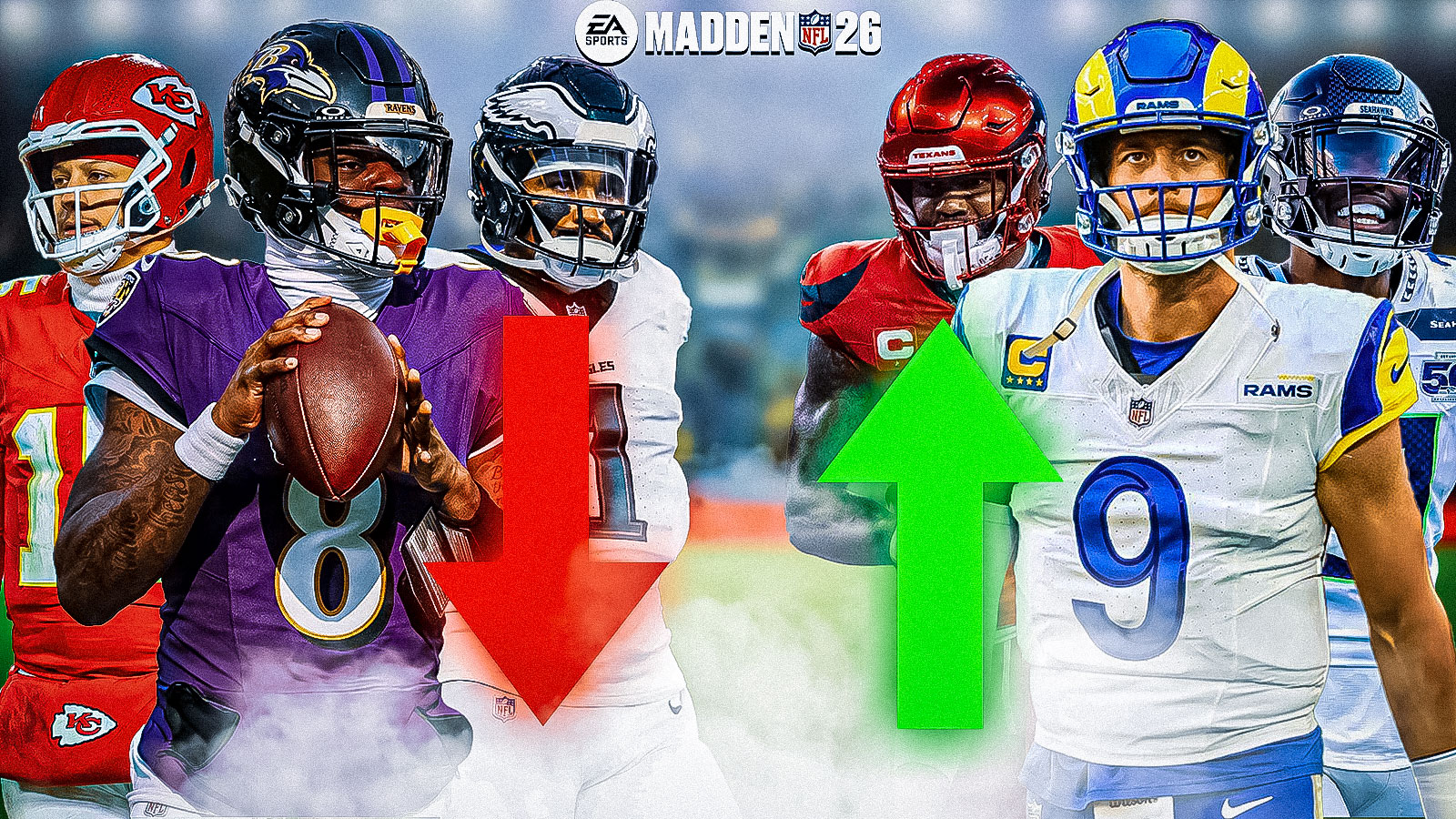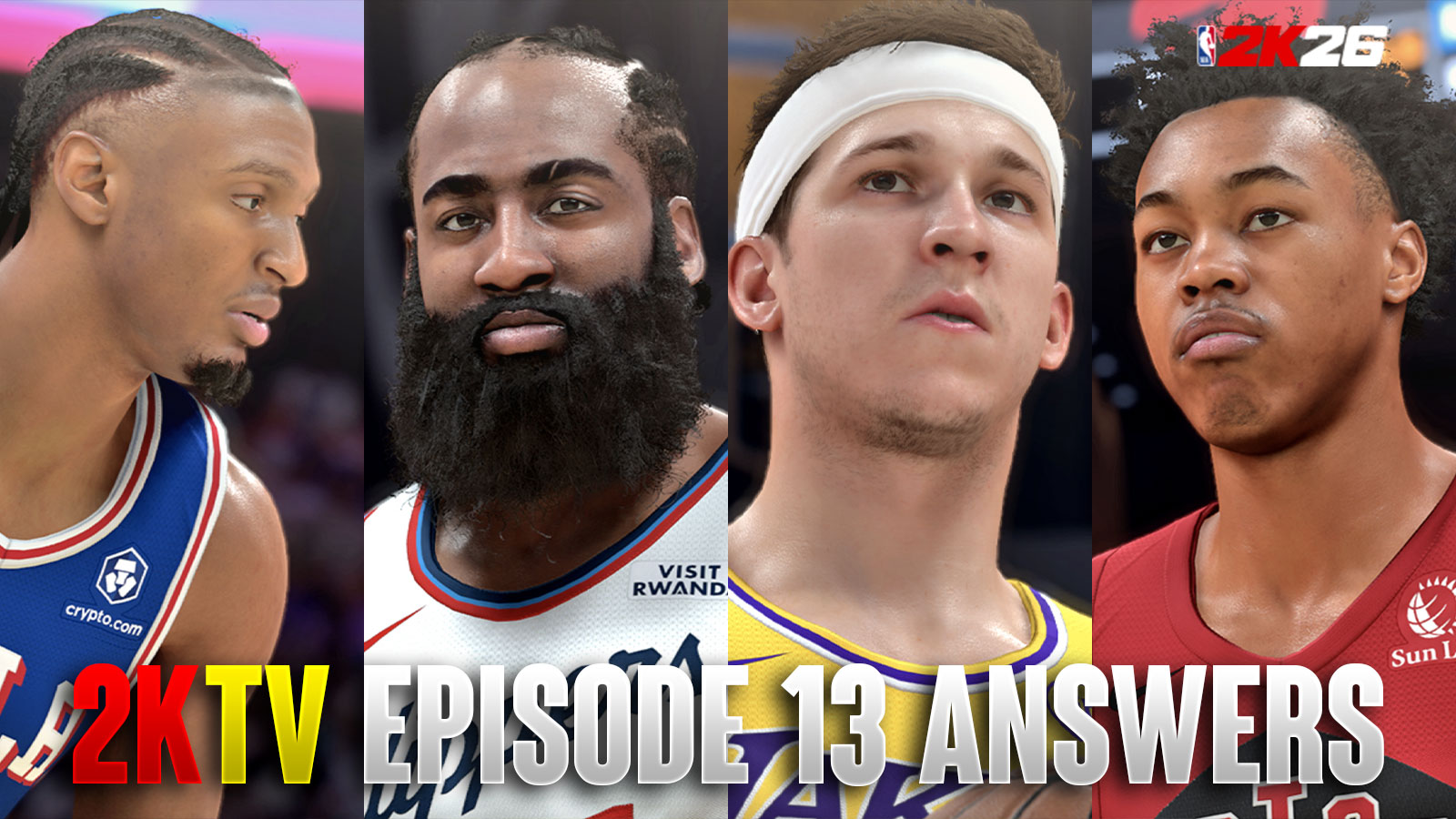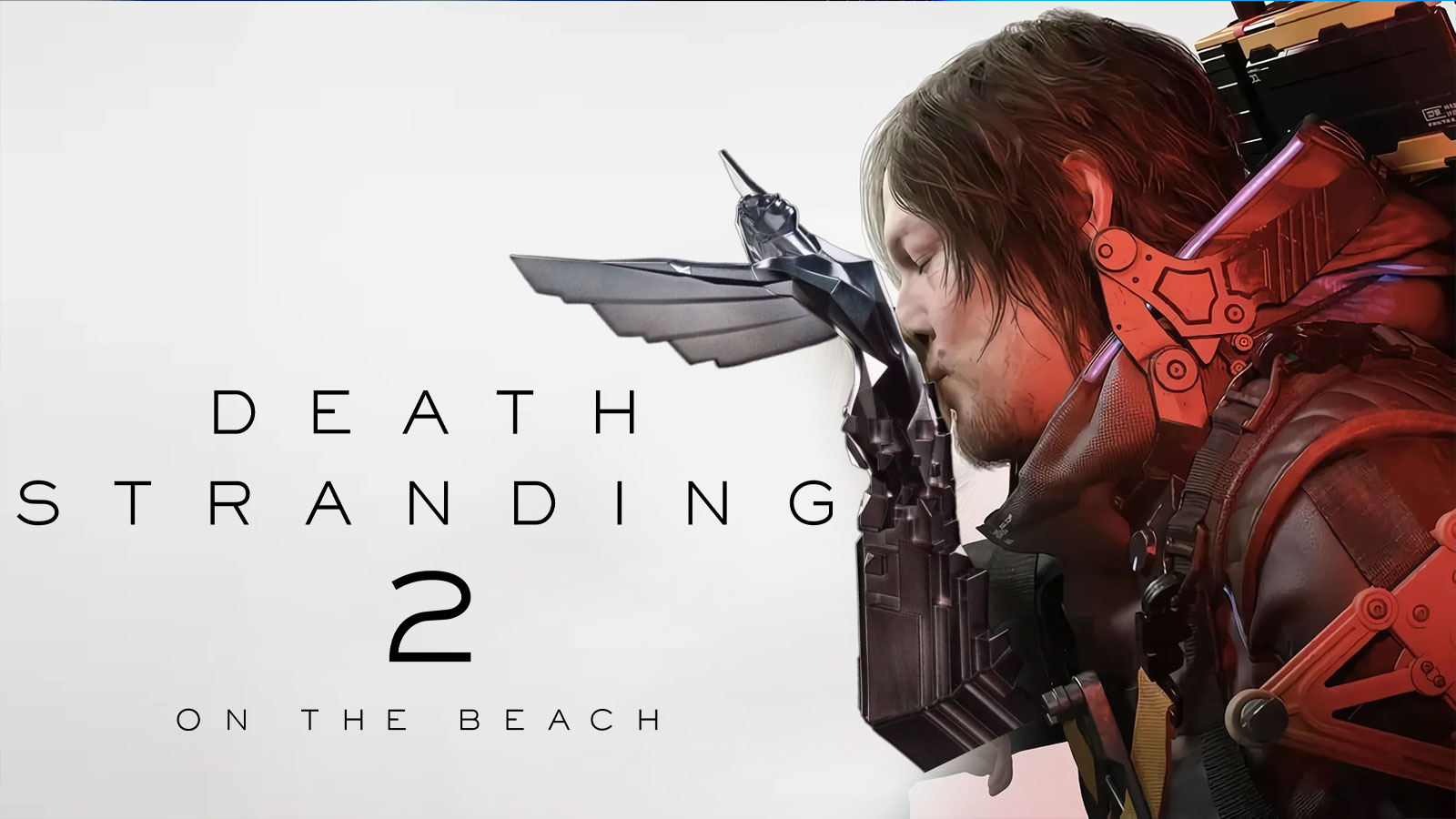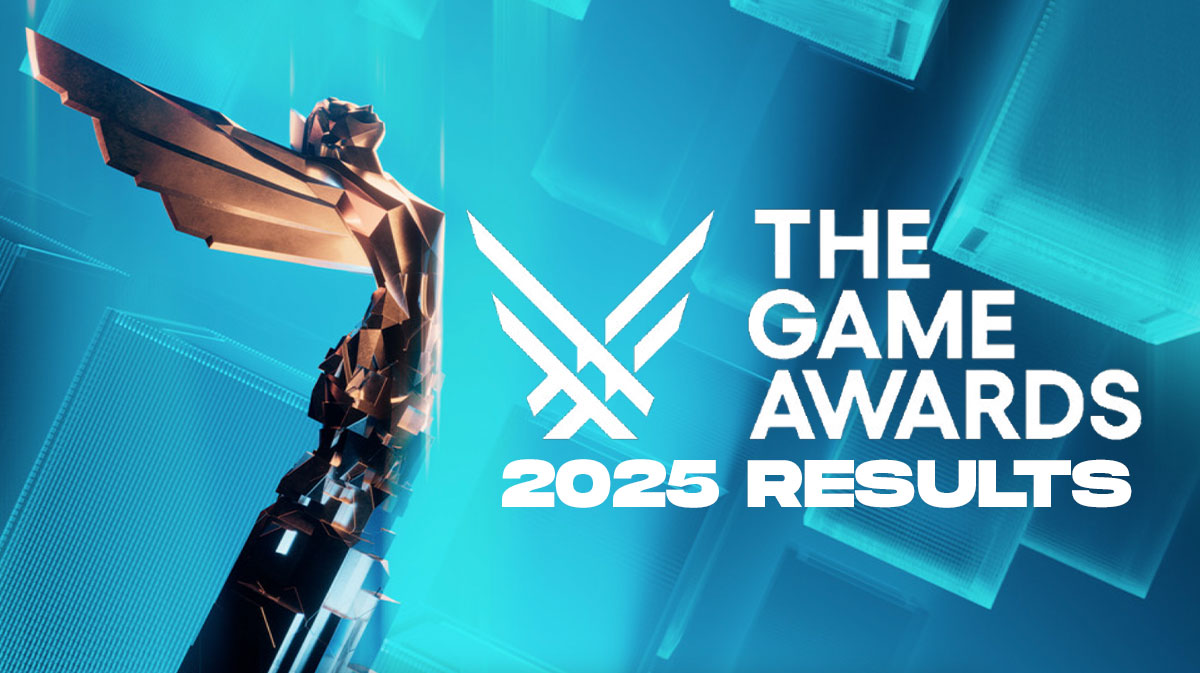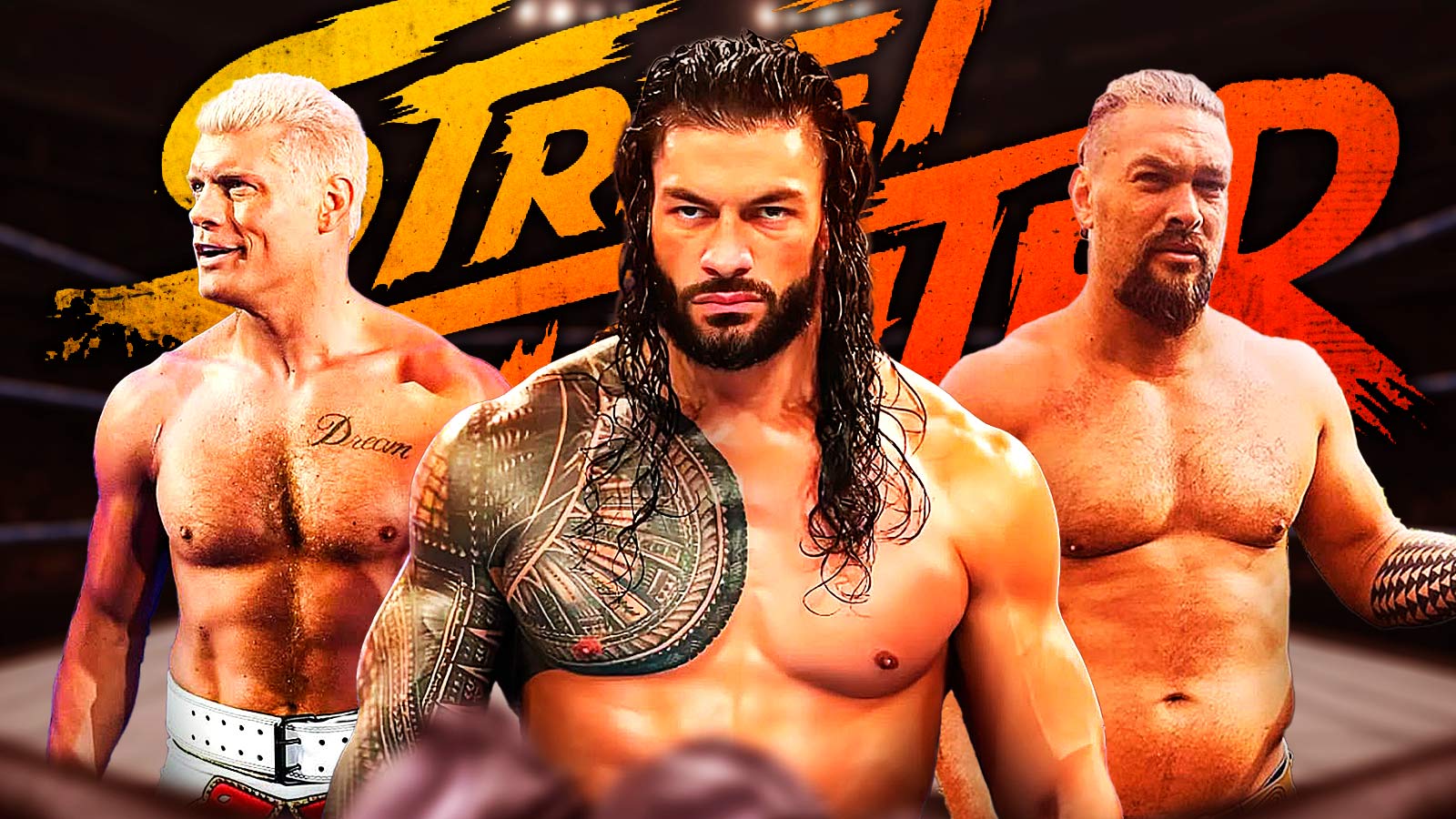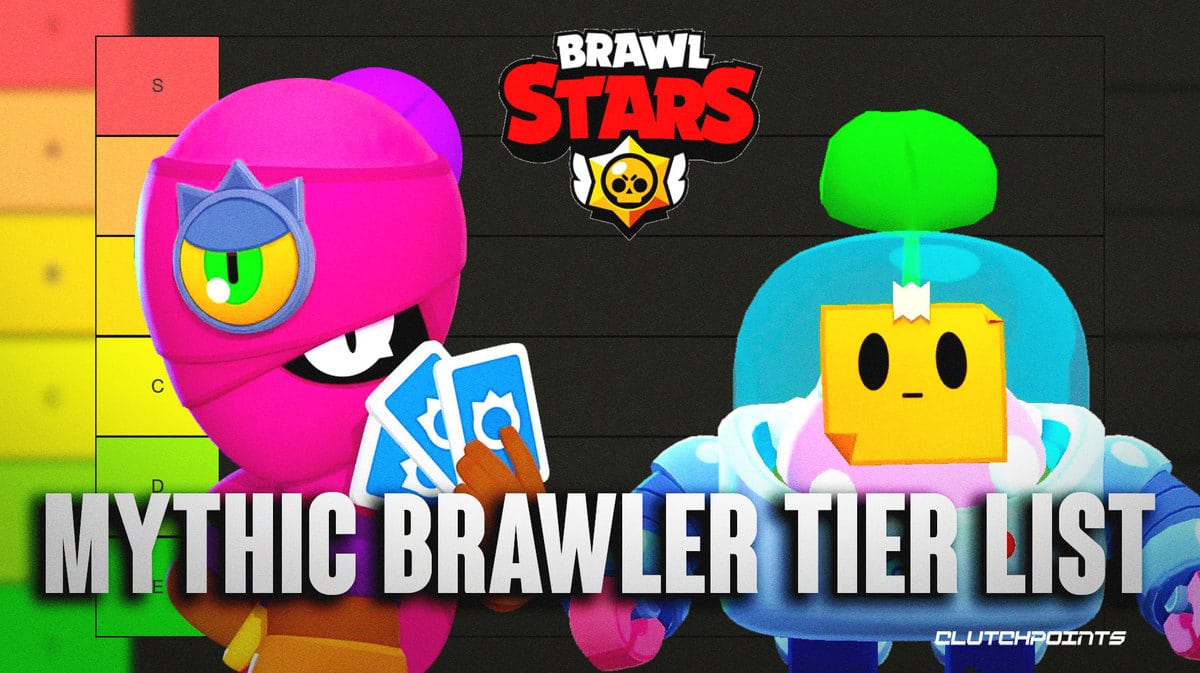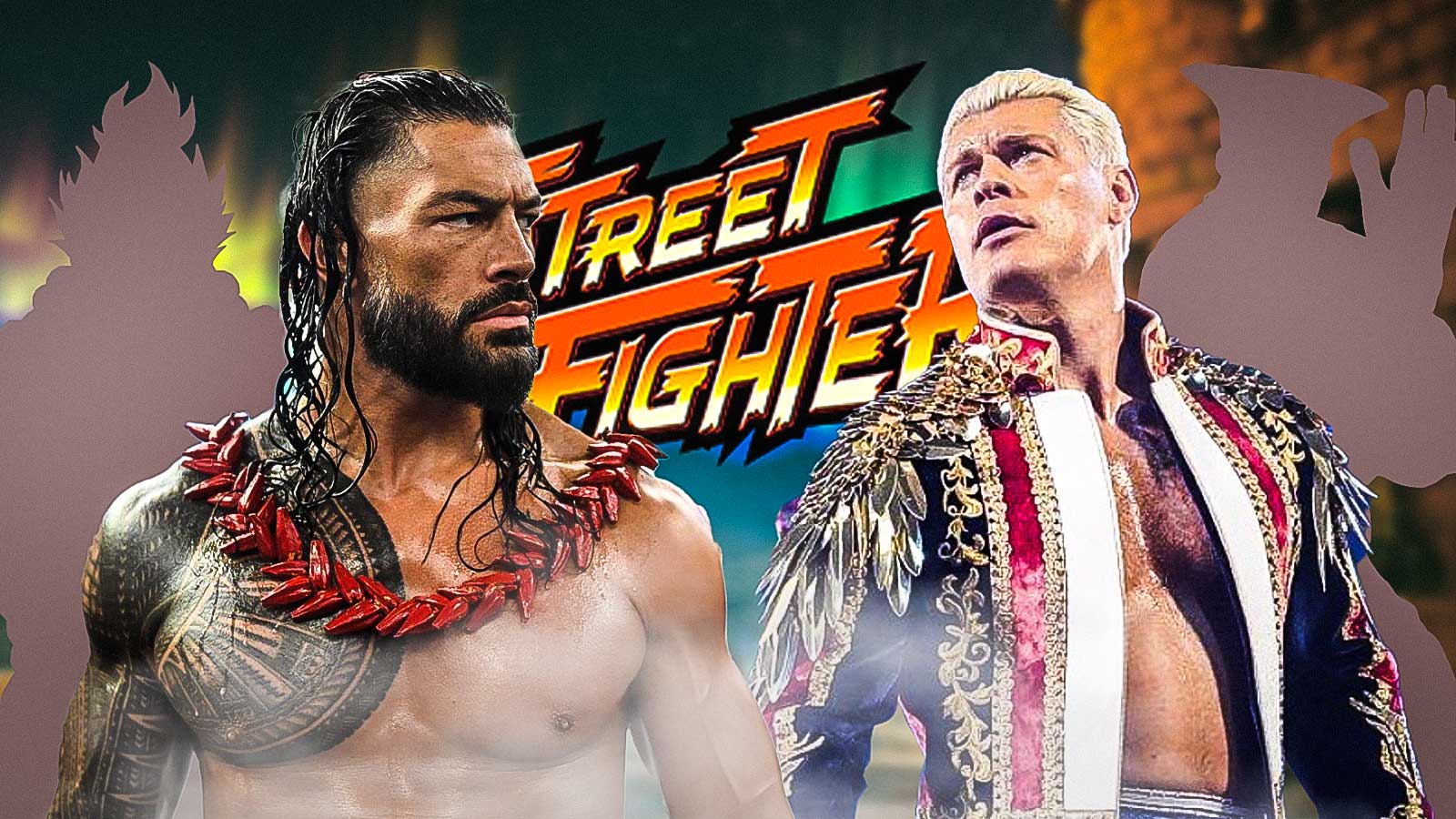Here's our guide to the combat mechanics from the recently released Honkai Star Rail that you need to know about. This includes Break, character Elements and Paths, and more.
Unlike in Genshin Impact, Honkai Star Rail is a turn-based RPG. As such, players who come over from Genshin Impact may have a hard time adjusting to the change in game mechanics. As such, this guide will teach players everything they need to know about the combat mechanics of Honkai Star Rail.
Honkai Star Rail Combat Mechanics
Before the Battle
One important thing to note before a fight starts is a playable character's Path. There are a total of seven paths in this game, each with its specific role and niche in the party:
- The Destruction
- These units focus on dealing a lot of damage, be it on one enemy or multiple. Their skills normally revolve around dealing a lot of damage to their enemy.
- The Hunt
- These units focus on dealing a lot of damage on a single opponent. These are basically the glass cannon units, as while they do a lot of damage, they are also vulnerable to damage.
- The Erudition
- These units excel in dealing AoE damage, with their Skills, Ultimates, and sometimes Passives dealing damage to multiple enemies at once. They are perfect for clearing out enemies with a common Elemental weakness.
- The Harmony
- These units help their team by giving them various buffs. These vary from DMG buffs to SPD buffs, allowing their allies to perform better.
- The Nihility
- These units help their team by giving debuffs to the enemy team. These vary from SPD down buffs so their allies can attack more, or DEF debuffs so their allies can deal more damage.
- The Preservation
- These units protect their team from damage, either by directing the attacks to them via a Taunt, or by creating Shields that absorb damage.
- The Abundance
- These units heal their allies and excel in keeping them alive. Of course, this doesn't mean that they can't deal damage, as more often than not you will want to increase their ATK to increase their Heal amount.
Other than the paths, players must also take note of their team's elements. There are a total of seven elements, namely Physical, Fire, Ice, Lightning, Wind, Quantum, and Imaginary. There aren't any Elemental Reactions like in Genshin Impact, but elements are important as enemies have around 3 elements they are weak to. This will be explained further in preemptive attacks and Breaks.
Once you know your team's available elements, it's time to talk about preemptive attacks. If you've played Persona 3 and above before, then you are probably familiar with this feature. While exploring the overworld, players will run into various enemies. The player can then preemptively attack these enemies to start the fight. Normally, this just starts the battle. However, there are two exceptions.
If the player attacks using an element that the enemy is weak to (players can see this via the Element icons above the enemy), they preemptively deal Toughness Damage. We will talk about this more when we talk about Break in the next section. Meanwhile, if enemies attack you first, then your whole turn is delayed, and you will also receive some damage.
Players, of course, also have to consider their character's levels, equipped Light Cones and Relics, Traces, and more. For a complete overview of what these are, players can check out our guide detailing everything players see on a Character screen.
Now, let's talk about the things to consider during the battle.
During the Battle
As this is a turn-based game, a character's Speed (SPD) is important. SPD dictates in which order you take your turn and attack. The higher your speed is, the earlier you can have your turn. However, what makes this different is that you don't just follow a set turn order based on your SPD. If your SPD is high enough, you can actually have additional turns before the round ends. That's why it's nice to have n SPD buffer in your team, as that makes it easier to do. Not only that but if your SPD is high enough, you can potentially take down enemies before they can even attack, reducing the amount of potential damage your team will get.
Afterward, another thing you need to consider is the opponent's Elemental Weakness. As mentioned above, whenever you attack an enemy using an element they are weak to, the enemy takes Toughness Damage. This depletes their Toughness bar, which is the bar above their HP. When that bar depletes, the enemies enter what's called a Break state. This Break state does two things. First, it makes the enemies take even more damage from the elements they are weak to. Second, the broken enemies suffer additional Break effects depending on what Element was used to break them.
If the enemy Breaks to Physical, Ice, Fire, Lightning, or Wind damage, they take Damage over Time (DoT) of that element. Additionally, if the enemy breaks to Ice damage, they are also frozen for a turn. If, however, the enemy Breaks to Quantum or Imaginary damage, they will be Entangled or Imprisoned respectively. This delays their on-field actions, making them take their turn later. Additionally, Entangled enemies suffer Quantum DoT, while Imprisoned enemies have their SPD stat reduced.
Players can Break enemies in three ways. The first is by using their Basic ATKs. This is a good way of whittling down the enemy's Toughness Bar. Skills are another way of breaking the opponent's Toughness Bar, especially when the Skill deals AoE Damage. However, players have to remember how Skills work in this game.
Upon starting a battle, players receive 3 Skill Points (4 if an ally has the Passerby of Wandering Cloud relic equipped). Using a Skill uses up a Skill Point. As such, when the player loses all Skill Points, they can no longer use Skills. To replenish the Skill Points, players must use their Normal Attacks. Keeping track of your Skill Points, as well as knowing when to use or save them, is important.
After a while, the team members will accumulate enough Energy to use their Ultimate. Instead of waiting for their character's turn, players can cut in and use their character's Ultimate at any point in the fight. This lets your player take a special turn, which makes them go next if the player uses the Ultimate while the enemy is attacking, or immediately if it's the player's turn. Players should be careful, though, as they cannot cancel using an Ultimate. Additionally, players can queue up Ultimates. This means that if you have multiple Ultimates available, you can click all of them and they will carry out in the order you selected them in.
Finally, let's talk about the flow of the battle. SPD is an important stat in determining who attacks first in Honkai Star Rail. Those with the highest SPD take their turns first, and if your SPD is high enough you may even be able to attack twice in a round. The turn-orders for each fight usually remain constant all throughout. However, should the enemy get debuffs that lower their speed, or get Entangled or Imprisoned, this will massively change the turn order. Of c course, it's not just the enemies whose turn orders can change. If your team also receives SPD buffs or debuffs, it will also change up your turn order.
It's important to note, however, that although players can use their Ultimates at any given time, this doesn't mean that their turn also gets pushed up. Their turn cut-in only applies for the use of their Ultimate. There are, of course, exceptions. For example, if Asta uses her Ultimate which buffs her team's SPD, it could change everyone's turn order. Another example would be Sushang, as her Ultimate Advances her actions forward. It's important to keep track of your team's turn order throughout fights. Thankfully, players can see the turn order on the upper left corner of the screen while playing.
That's everything for our guide on Honkai Star Rail's combat mechanics. The game is available on PC (via the official site or the Epic Games Store), iOS, and Android. Check out our gaming news articles for the latest in gaming news.

